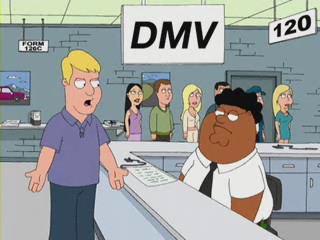
Why do people dread going to the Department of Motor Vehicles? Why do the workers there seem so disgruntled? Because of time asymmetry. The amount of time you have and will invest in taking care of your errands at the DMV is orders of magnitude more than the amount of time a worker will invest in handling your matters.
You only have one appointment, whereas any given worker may go through dozens of customers in the span of a day. This imbalance and asymmetry is what leads to conflicting attitudes towards the same interaction between the representative and the customer, and why both sides seem to loathe the experience.
In fact, this phenomenon of time asymmetry can be generalized to customer service in general. It’s likely one of the primary factors that determine the level of customer satisfaction for various products and services. For any company to get really good at customer service, it needs to overcome the barrier of time asymmetry. One way to do this is to use scale and leverage. Companies like Amazon.com are really good at this, as they can use automated technologies and computing scale to devote a seemingly asymmetric amount of time to each customer’s issues. By automating the majority of customer service issues such as returns and refunds, Amazon.com provides the illusion of being able to constantly deliver a highly personalized experience without having to spend more on actual customer service representatives.
Another way of tackling the time asymmetry problem is in training employees to mitigate the problem while interacting with customers. Zappos is well known for its customer service, and it employs a few tactics to help balance the time asymmetry between its representatives and customers. Zappos focuses on hiring great employees and keeping them happy, which contributes to the amount of care each representative is willing to give to each customer’s call. There are no call time limits, and often times the representatives go above and beyond to help the customer take of his or her problems. Although this is approach may not scale as well as automated technologies, it brings an extraordinary amount of goodwill to the brand, perhaps even more so than slick self-service web pages.
Ultimately, it’s no surprise that Amazon.com and Zappos ended up together, as both companies share the same vision of delivering the absolute best customer experience in the world. And it’s largely because they are able to overcome the problem of time asymmetry in the context of customer service. Until places like the DMV are able to catch up, people will always dread going to get their license renewed. Perhaps the best therapy then is to do some shopping on Amazon.com or Zappos while you spend the better part of your day waiting to be called.
Comments